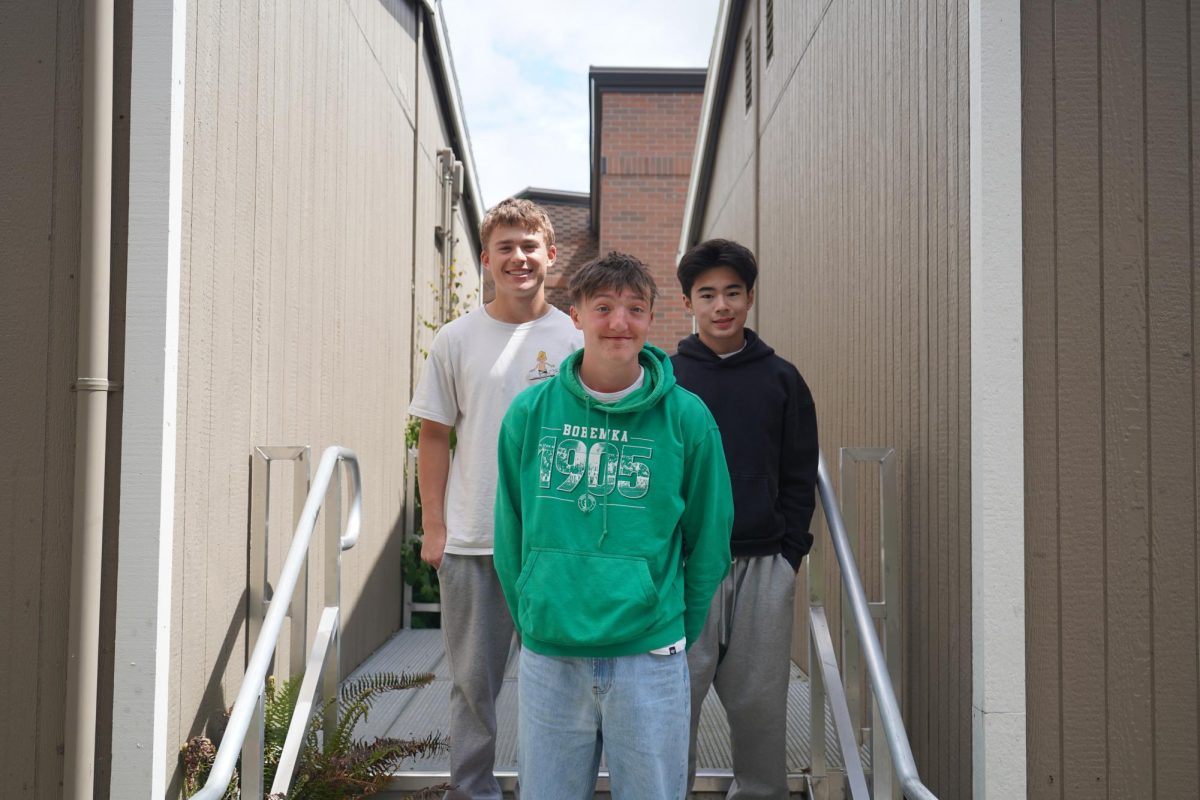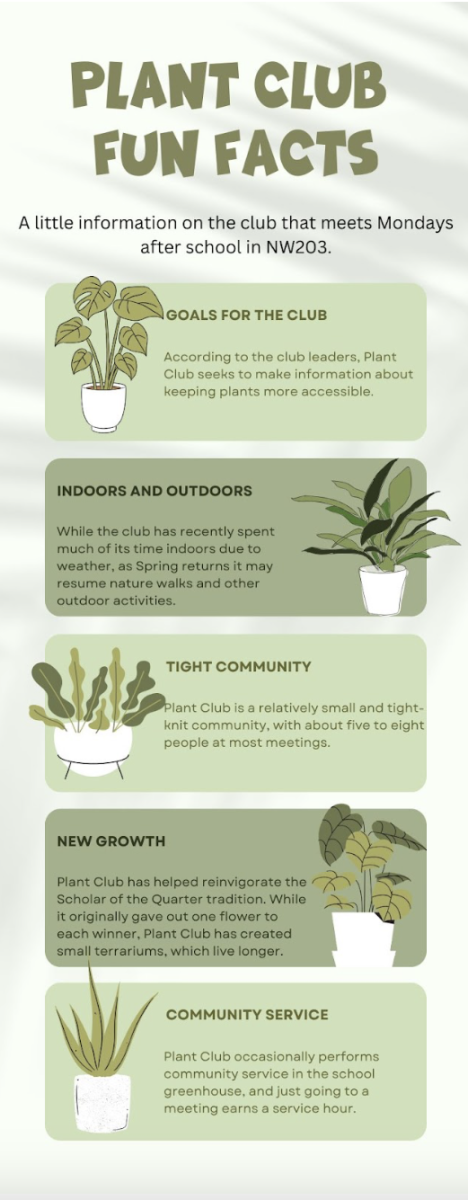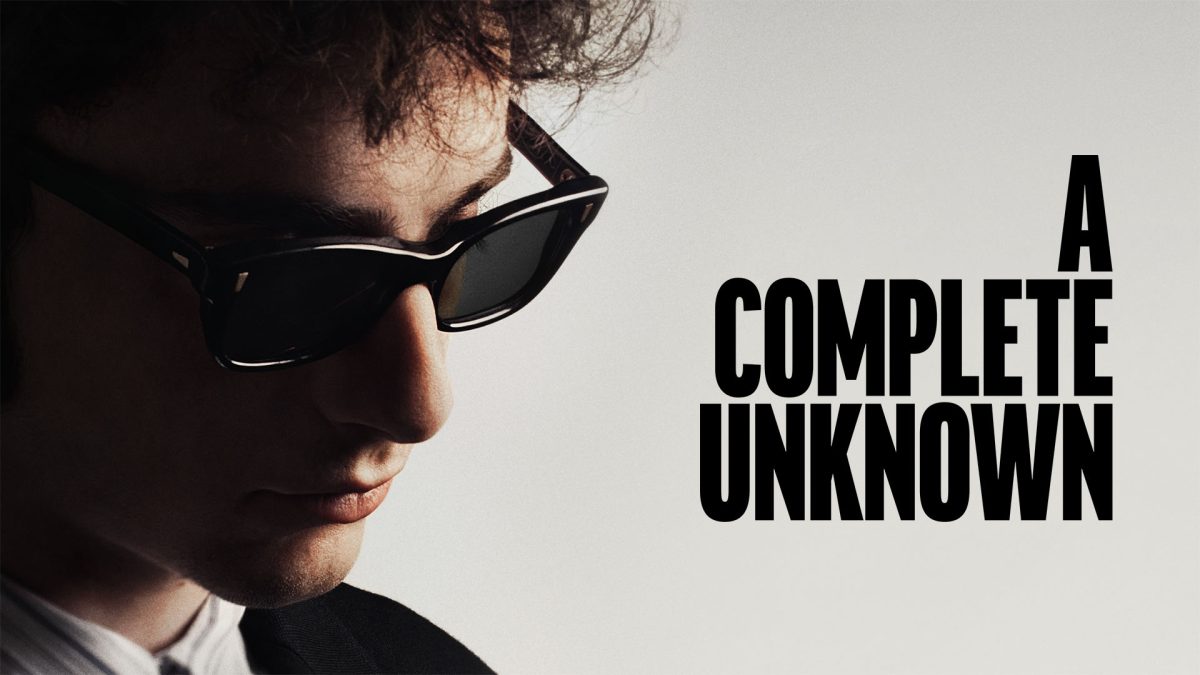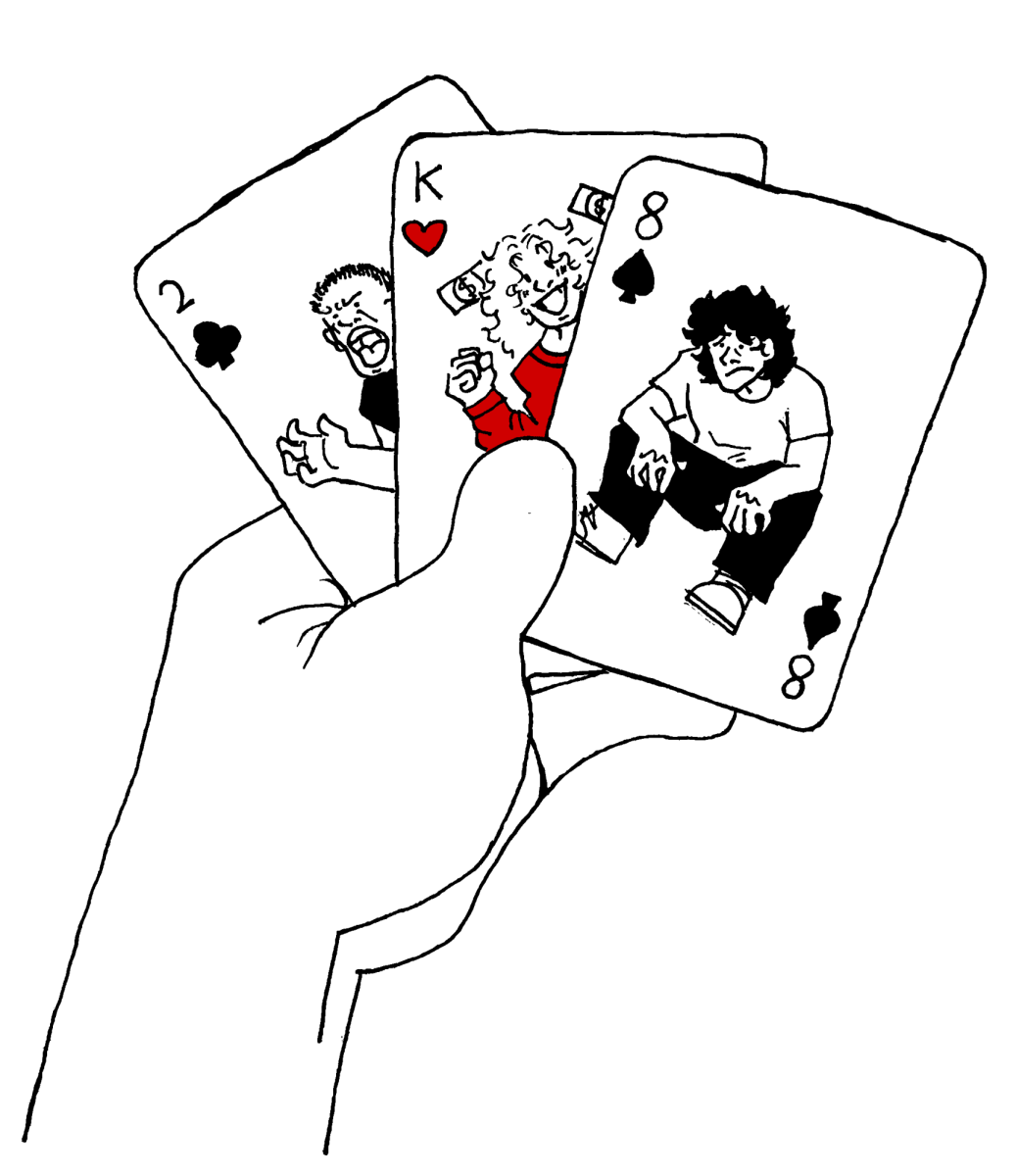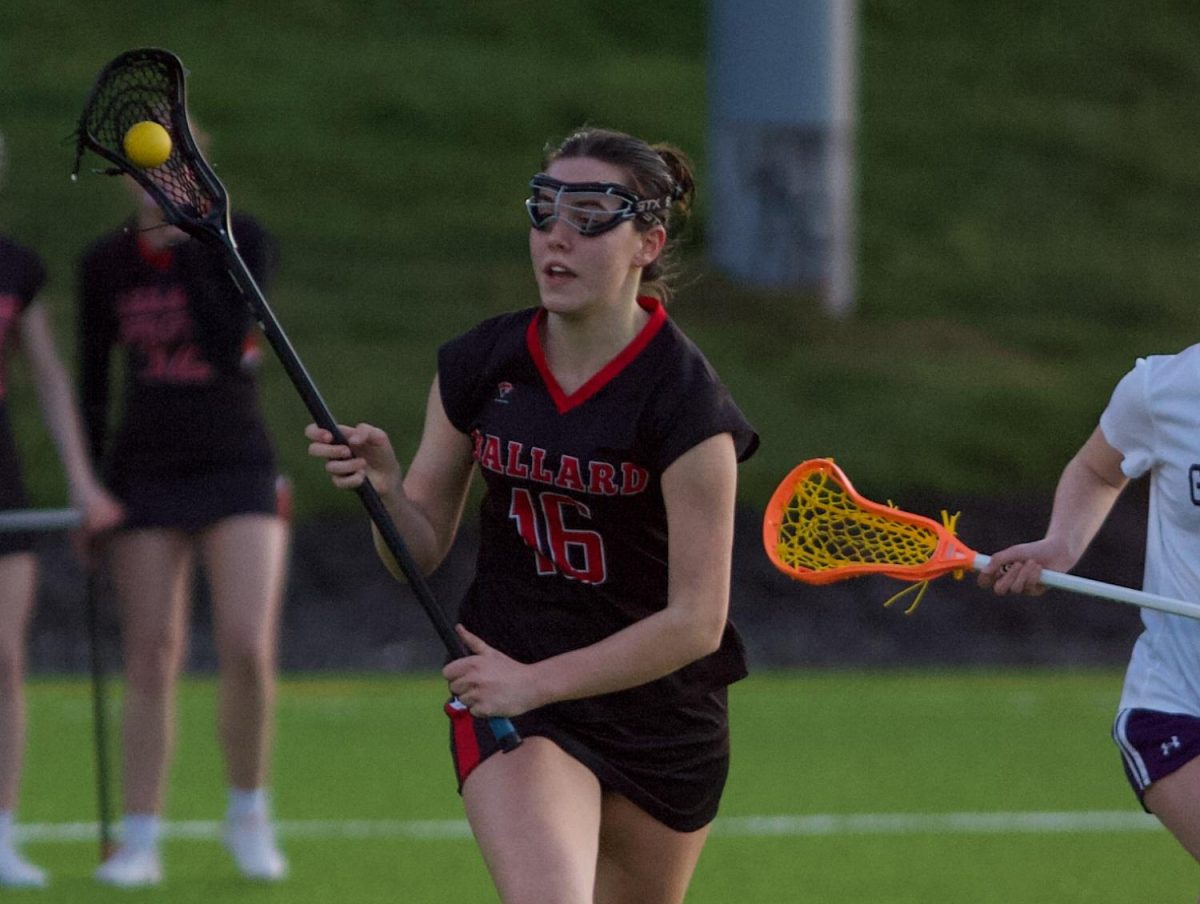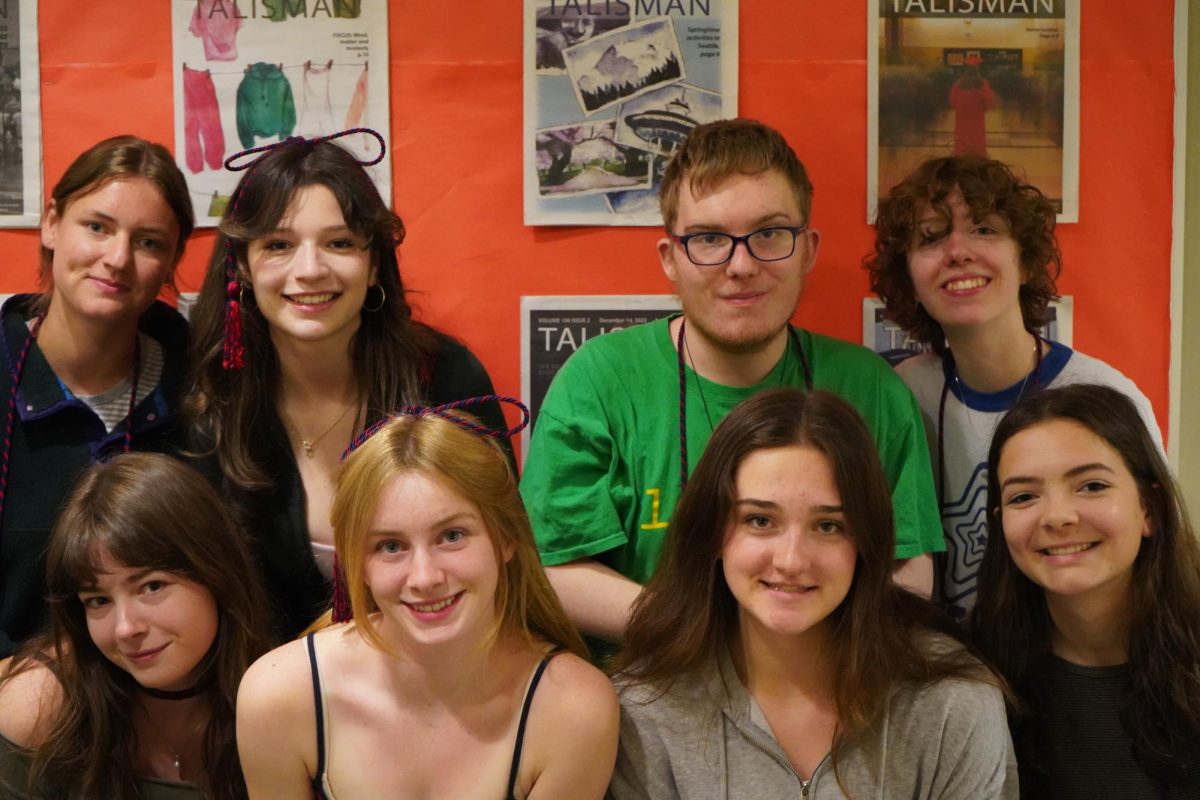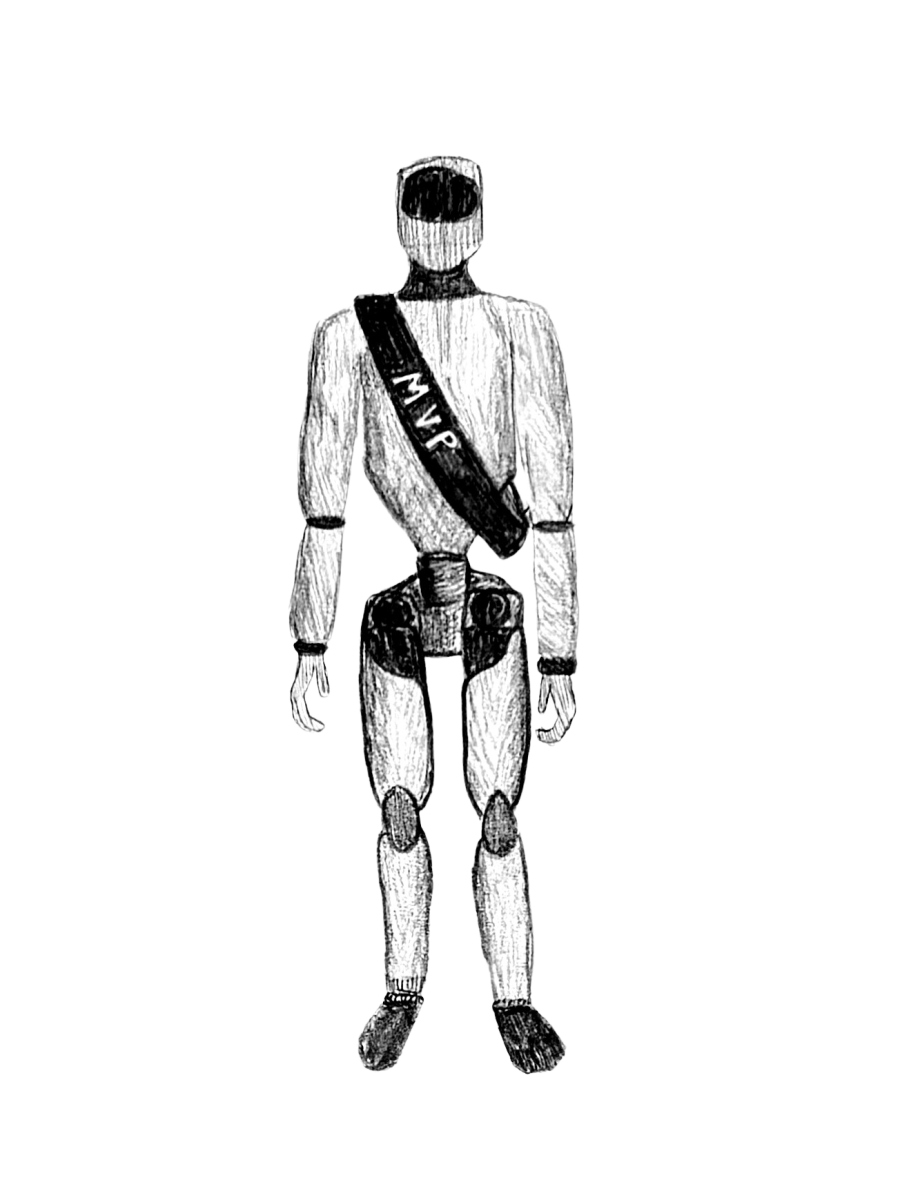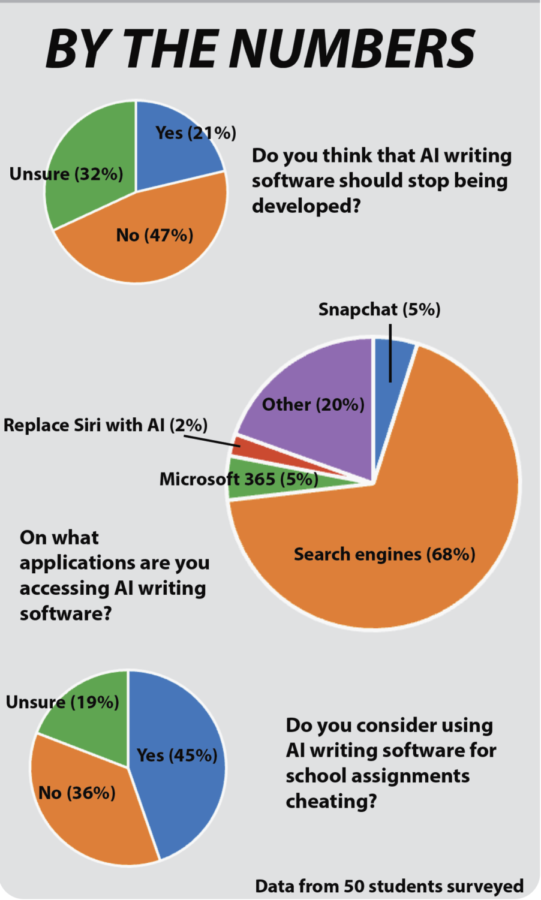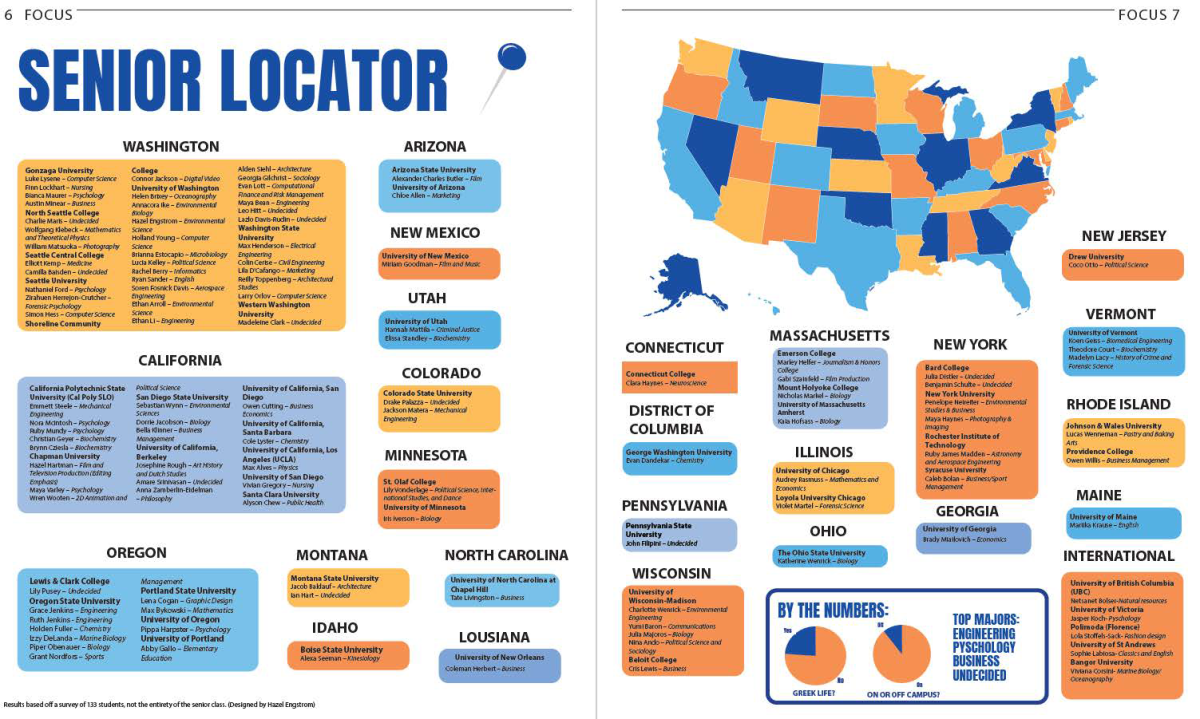ChatGPT makes its mark on student integrity
Student opinions vary on the effectiveness of AI writing software.
April 25, 2023
In recent months, issues of plagiarism and cheating among students have risen to a new level with Generative Pre-trained Transformers, or Chat GPT. The San Francisco-based Open AI software company reached over 1 million users within the first week of its launch with users logging on across the globe.
The software as a whole is an autoregressive language model that uses deep learning to generate human-like texts. The model learns from human feedback and is projected to generate a revenue of 1 billion dollars by the end of 2024.
Over the course of the next few years, chatbot extensions like Chat GPT could reduce the employment of college-educated workers specializing in web design, journalism, coding, graphic design, media writers, legal industry workers, market research and teachers, as a Business Insider article describes.
Because Chat GPT and other AI writing platforms specialize in generating human-like pieces, who is to say what work was produced by an individual versus a browser extension?
Various questions about this revolutionary technology have been raised: Who is using this software? How exactly does it work? Can it be accessed on school laptops? The answers to these questions, however, are best answered by the users, students.
An anonymous junior gave insight into how Chat GPT works.
“There are five different formats for the different types of essays you can write,’’ he said.
In addition to the variety of prompts the software can respond to, students have noticed that AI-generated writing tends to achieve high grades.
“The lowest grade I have ever gotten from using this was a B+,’’ he said.
Another anonymous student discussed how he heard about this 4.0- promising software.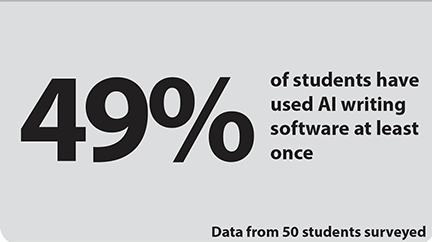
“My friend told me about it,” he said.
AI technology has become increasingly prevalent, and according to another anonymous junior, he feels it’s taking over.
“I’d say 50% of students use it at our school, they just lie about it,’’ he said.
He also speculated that this takeover will be observed outside of schools.
“It is definitely going to take jobs,’’ he said.
This software has a presence on social media apps as well, with platforms such as Snapchat adding a feature where users can interact with a human-like chatbot.
I’m trying not to panic because I have been alive long enough to see how tech can be integrated in a successful way and we can all adapt. It definitely prompts a question of the value of academic integrity.
“My AI is even on Snapchat Plus,” he said.
This anonymous student also shared how school laptops, which typically cannot access AI writing platforms, can be adapted to have these programs.
“There is a way to download an extension on a school laptop,’’ he said. “Turnitin.com doesn’t detect it.’’
If this software is accessible during school hours, it is plausible that students rely on it for daily assignments.
Katrina Katrel, ELA teacher and AP coordinator, spoke about her experience as someone who has seen AI software grow in popularity.
“I’m trying not to panic because I have been alive long enough to see how tech can be integrated in a successful way and we can all adapt,” Katrel said. “It definitely prompts a question of the value of academic integrity.”
As an educator, Katrel wants there to remain some form of student autonomy when it comes to her assignments.
“As a teacher, I don’t think it’s avoidable,” she said.
Katrel has tried to fend off the threats that chatbots pose to her assignments.
“My prompts are so dense that Chat GPT could not respond to them so for now I don’t feel my curriculum is threatened,” Katrel said.
As far as maintaining integrity, Katrel has some suggestions.
“It would involve supporting teachers and believing in their professional opinion of a student’s work being considered faulty or cheating,” she said.
Kristin Storey, an ELA teacher, feels far more optimistic about the future coexistence of traditional language education and AI tools.
“Frankly, I am quite intrigued,” Storey said. “I have seen tabs open on computers and I have seen things written by students that don’t match things that they have written in the past.”
Storey understands the potential of the Chat GPT software and doesn’t want her students to feel ashamed for wanting to use this resource.
“It’s only going to get better at what it does. The real question is how to maintain integrity while using it as a tool,” Storey said. “I still want to encourage all of my students to be independent thinkers while understanding that this is a resource and is not completely off the table when it comes to my assignments.”
Storey sees the upside to the situation as a whole.
“In some ways, I find this development very exciting,” Storey said.
This software is complex, and after hearing the different student and teacher perspectives it’s clear that Chat GPT is impactful. In the upcoming years, we will learn shortly about what kind of effects this software will have on the school community and what steps will need to be taken to preserve student integrity.

